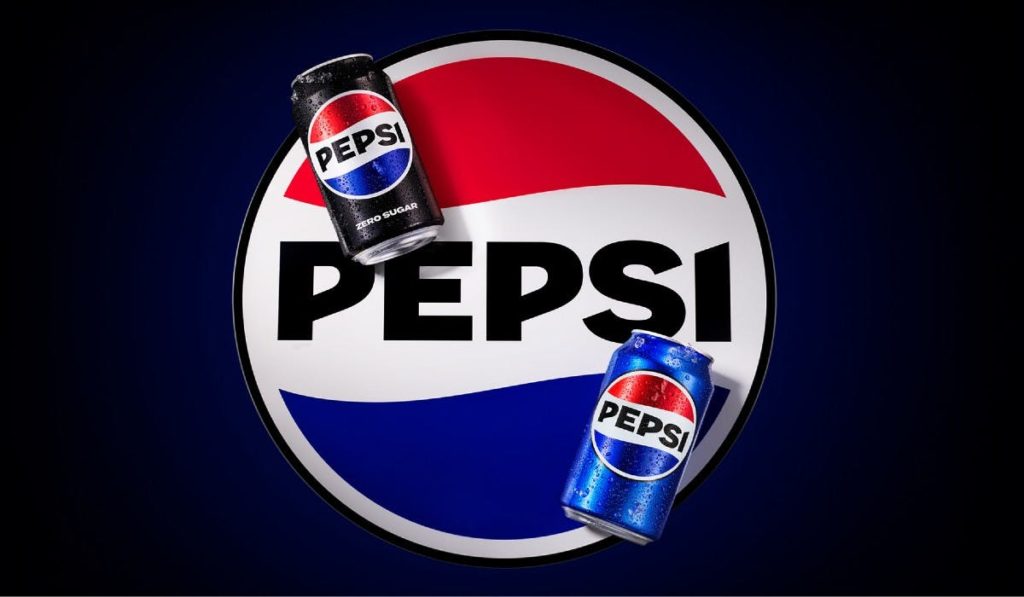Over the years that we’ve been researching and assisting Cult Brands – companies like Apple, Coca-Cola, and Kohl’s – it’s become clear that there’s a reliable process for identifying organizations that have the potential to achieve Cult Brand status.
It’s this process – illustrated with examples drawn from the current class of emerging Cult Brands – that I’ll be writing about over the course of the next few weeks. I’m doing this because while it’s relatively easy to spot Cult Brands when they’re on top, it can be challenging to discover them before that.
Additionally, I think it’s important for leaders and brand managers to understand that Cult Brands are deliberately created. There’s a series of decisions that Cult Brands have to make and consistently implement in order to achieve and maintain strong customer relationships. Cult Brands don’t just spontaneously happen – they choose to exist.
Then, Now, Forever, Together: The WWE’s 40-Year Legacy as a Cult Brand
Two years ago, the WWE updated its tagline. They changed “Then, Now, Forever” to “Then, Now, Forever, Together”. In Chief Brand Officer Stephanie McMahon’s statement about the change at the time, we find the following language:
“WWE has always been about inclusivity. … We are all about bringing people together, putting smiles on people’s faces, and creating moments and memories that last a lifetime.” … “No matter who they are, no matter what they do for a living, no matter where they live, no matter how much money they make, they belong, they are a part of WWE and that’s the inclusive nature of our community and the bigger WWE family.”
This focus on the customer relationship is at the heart of every Cult Brand. Without this aspect, achieving Cult Brand status is impossible. However, the WWE has over the years done many other innovative things to continually attract new customer interest & render their competitors irrelevant.
Are You Ready to Rumble: Wrestlemania & the Customer Experience
Prior to Vince McMahon founding the WWE – then called the WWF – watching professional wrestling was a somewhat fringe experience, held in cheap venues not generally of the sort you’d bring your family to.
McMahon was the first promoter to put the event focus on the customer experience. Everything became much more theatrical. Entrance music, pyrotechnics, and a consistently high caliber of ring talent delivered an exciting experience people wanted to be part of. The first Wrestlemania was revolutionary, putting the fun right in the middle of Madison Square Garden.
Pay Per View was another innovation the WWE made good use of. Giving the fans a way to access the fun while removing the need to travel a great distance or spend lots of money was very smart. Fan groups gathered to watch PPV matches, strengthening their bond to each other and the brand.
Flash forward twenty years, and the WWE still has a loyal, strong fanbase. After launching a fairly successful independent WWE network, they’ve recently made the migration to Peacock, one of the largest streaming platforms. The fanbase is now global – India in particular has many fans – and a widely reported yet currently uncompleted sale to the Saudi government is in the works.
What’s next for the WWE remains to be seen, but if they maintain their focus on the customer relationship, providing a superior level of entertainment, and remaining flexible and adaptable as new technology becomes available, we see no reason why they shouldn’t be considered fully as a Cult Brand.
What do you think? Do you consider the WWE a Cult Brand? Can you name any of their competitors? How would you explain the multi-generational nature of their fans? I’d love to hear your thoughts.

